6. The Thing
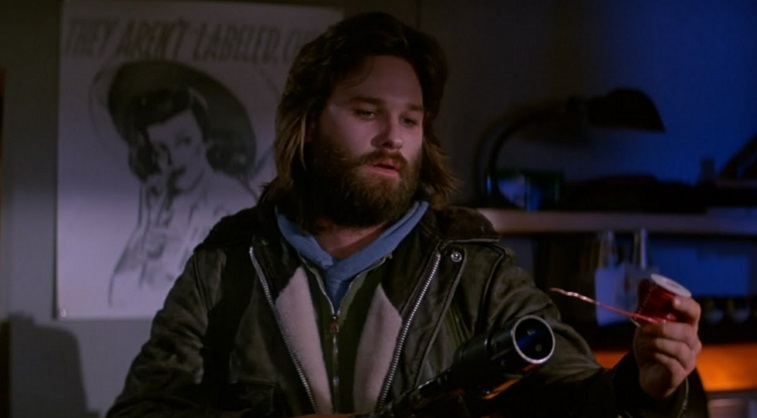
The theory: The Thing disguised itself as Childs at the end of the film
During the film’s first act there’s a scene in which MacReady loses a game of chess to a computer (little did MacReady know that he’d be playing a variation of chess for the rest of the film.) Annoyed, he pours whisky into the computer, destroying it. This scene mirrors the film’s concluding scene in which MacReady offers Childs some whiskey, much like he did the computer.
The theory uses this as evidence that MacReady believed that Childs was the Thing at the end of the film, and offers the creature whiskey as a way of accepting defeat. Another similar theory suggests that MacReady actually gave Childs gasoline in a whiskey bottle to test if Childs was human. Because Childs didn’t react to drinking gasoline, like any normal person would, MacReady laughs both victorious and defeated, knowing that whilst he managed to deduce who the Thing was, he will inevitably perish due to the cold and the Thing will have won.
Is Childs human? Is he something else? The theory, true or not, does exactly what the film wants you to do throughout; question who is friend and who is foe and the existence of this theory proves we’re doing so long after the credits have rolled.
7. The Dark Knight
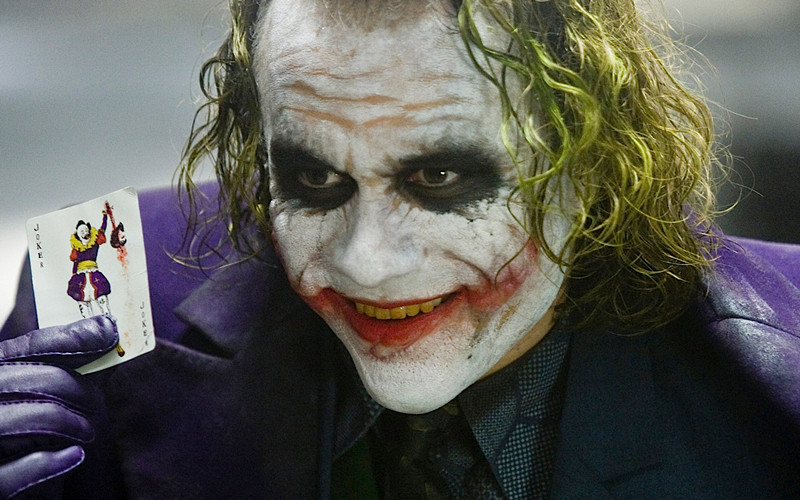
The theory: The Joker is an army veteran who’s the true hero of the film.
This theory will occasionally popup on social media every once in a while and has gained significant traction because of it.
If I’m going to have a past, I prefer it to be multiple choice’ is something the Joker once said in the comics, and the film lays out multiple options to choose from. One of these options, fans have found, is that the Joker may have been an army veteran who obtained his scars during combat. The theory is that his time as a soldier gave him a grudge against society, considering it totalitarian. Because of this, he makes it is mission to break society apart and create a world without laws.
This would explain how he has such a deep understanding of terror and weaponry but the only true piece of evidence to support the theory is based on a quote from the film in which the Joker explains how nobody would panic if he blew up a truck-load of soldiers. Another faint bit of evidence is how the Joker practically wiped out organised crime and the majority of Gotham’s corrupt police by the end of the film, doing more for Gotham than Batman ever could with his no-kill rule. However, the Joker did plan on blowing a boat full of innocent people to smithereens, so his heroic purpose is somewhat questionable.
Removing the ambiguity behind the Joker’s origin kills a good portion of what made him so terrifying in the first place; the mystery of his past. That being said, the idea that the Joker may have had heroic intentions underlines his complexity and that of his relationship with his arch-nemesis; Batman. Like the Joker, Batman also has heroic intentions, but that doesn’t necessarily make him a hero. His actions do break the law (no, he doesn’t bend the rules; the breaks them) and past trauma has twisted his mind as much as it has the Joker’s.
Batman clearly favours authoritarianism over anarchism (evidenced through his creation of a technology which spies on every citizen in Gotham and his brutal dedication to the law), which, in its own way, is just as terrifying as pure anarchism. Through blurring the lines between good and evil, the film puts forward the argument that Batman’s one rule is the only thing that separates him from the Joker and the fact that Batman’s grim worldview happens to have the law on its side.
The day Batman decides to break his one rule would be a dark and terrifying day indeed.
8. Se7en
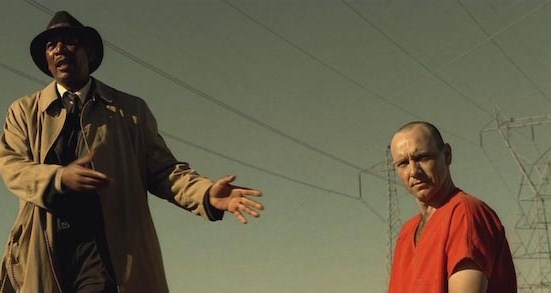
The theory: Somerset helped John Doe with his killings and may be a serial-killer himself.
This theory is the reverse of ‘The Dark Knight’ theory in several ways.
Somerset, being an experienced Detective, knows the ins and outs of both the methods and psyche of a killer. Because of this, he would be able to masterfully pull off the perfect murder, just as John Doe is able to; a man who presumably had no experience killing before the first of his masterfully executed murders. Also, Somerset has demonstrated that he is able to find where people live through a database, which also provides knowledge of who potential mass-murderers are. Not only would this allow him to know who best to target, it also gives him the ability to contact potential serial-killers.
The motive is clear; Somerset frequently shows distain towards his fellow officers and has a dark outlook on life due to his many years dealing with the worst of the worst. Look closely at Somerset’s face whilst John Doe explains his motives; he says nothing and almost looks as though he agrees with him.
All the evidence is there, but how does the film benefit from this theory? The answer is that it doesn’t.
The film purposely refuses to follow convention, breaking many of the rules that murder mysteries usually follow. There’s no twist reveal for who the killer is. In the end, the killer ends up being someone we don’t even know, despite the first half of the film setting up his identity as a mystery. Also, the killer isn’t thwarted because he left some convenient clue at the scene of the murder; he willingly hands himself over to the police knowing he has already pulled off his master plan.
The film wants us to be revolted by what we’re watching, not enthralled. The conventions of a detective story are all there to be shattered. Once the credits roll, we’re left with a bitter taste in our mouth having witnessed something truly horrific. This is more poignant than any shock twist ending and having Somerset be the killer all along removes the realism and some of what made the film so powerful.
9. The Shining
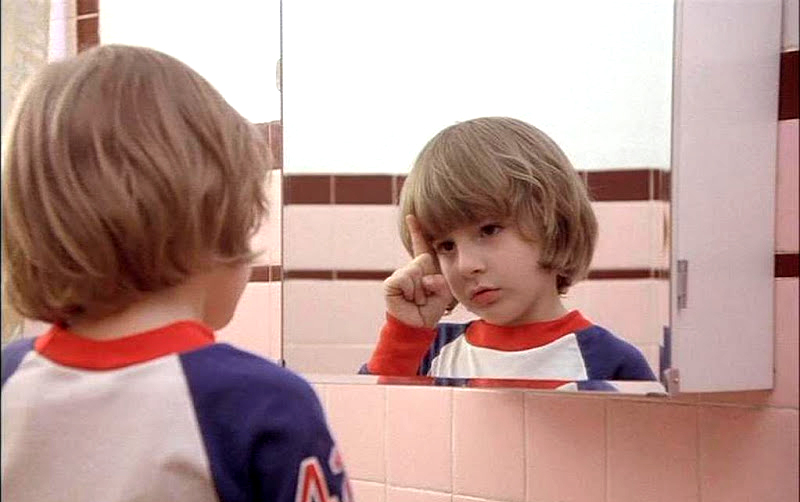
The theory: All of the film’s supernatural elements are imagined by the characters
Stephen King fundamentally disagreed with Stanley Kubrick’s approach to the story of The Shining, with one major disagreement involving how both men interpreted the story’s supernatural elements. King believed that whilst he saw the ghosts as supernatural forces belonging to the hotel, Kubrick instead saw them as Jack Torrance’s inner demons.
This has led to speculation whether or not any of the ghosts in Kubrick’s take on the story even existed, or if they were instead figments of Jack’s decaying mind. Evidence for this theory includes the fact that in every scene in which Jack converses with the malicious spirits there’s always some sort of reflection present, suggesting that he is in fact conversing with himself.
This would suggest that Jack was going mad long before becoming the caretaker of the Overlook Hotel. He even confessed to one of the spirits (or himself) that he beat his son previous to his stay at the Hotel. There’s also several hints throughout the film that Jack may have sexually abused his son, which would further imply that Jack’s mental state wasn’t stable previous to this story. This provides evidence that it wasn’t the ghosts that twisting his mind.
However, the theory does have several critical weaknesses. For instance, the spirits are seen to interact with the physical world, even going so far as to open a firmly locked door. How could spirits possibly adjust their surroundings if they were all in Jack’s mind? Also, Wendy sees the spirits for a brief moment during the film’s final act and nothing is able to explain away how Danny has psychic powers.
Clearly there are supernatural forces present within the film, but that doesn’t necessarily mean Kubrick was telling a ghost story. The true story is that of an abusive father isolated within a constrained setting. Whilst the theory does have its holes, it succeeds in recognising that the film isn’t really about ghosts or ghouls but instead something far more terrifying; something human and real.
10. Enemy
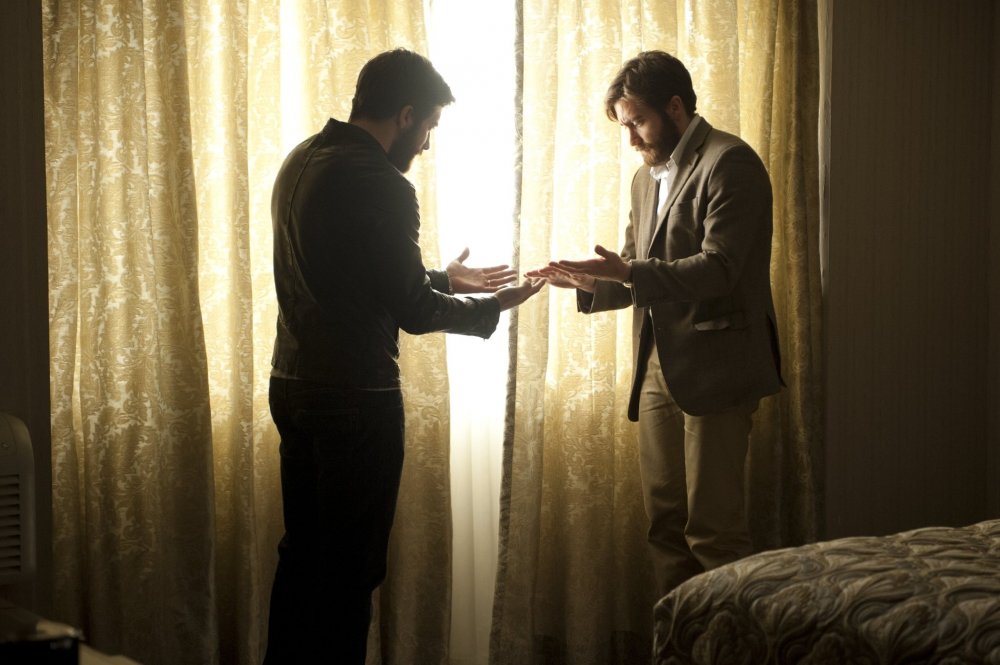
The theory: The giant spiders aren’t representations of how Adam views woman, but are instead aliens plotting to take over the world.
It’s hard to define what exactly qualified as a fan theory in regards to a film like this. I’ve decided to label this particular interpretation of the film as a fan theory due to it being the minority interpretation against the general consensus.
The general consensus is that Adam and Anthony are one and the same, using both personas to lead a double life in an attempt to escape committing to his pregnant wife. The spiders therefore represent his fear of being controlled by the women in his world. Also, Adam is someone who is obsessed with control. This is made obvious by his job as a lecturer with expert knowledge of the methods totalitarian forces use to control the masses.
The fan-theory is that the spiders actually are exactly what they are shown as; giant monsters plotting to conquer the world. The theory is based on something Adam tells his students whilst lecturing about totalitarian Governments. He says that these governments use tricks and sideshows to distract society from realising that they are being controlled and by the time they realise; it’s too late. The theory is that this is exactly what is happening in the film; we’re being tricked with sideshows such as Anthony’s relationship with his wife and Adam’s relationship with his girlfriend, to distract us from what’s really happening.
Anthony is actually a spider who’s imitating Adam who impregnates his wife with an alien seed, which would explain why she becomes a giant spider at the end of the film; the egg has hatched and burst through her. When Adam sees the spider, he realises what is happening but by then it is far too late.
Before Anthony dies in a car crash, he shouts; “You don’t think I’m a man?” which is used as another piece of evidence to support this theory. He, in fact, was not a man; he was a giant spider!
Whilst I don’t necessarily believe the spiders are meant to be aliens plotting to take over the world, I do believe that the spiders don’t necessarily represent Adam’s view of women. I believe the spiders are meant to represent totalitarianism itself, be that in the form of controlling mothers and pregnant wives, fascist governments or world-dominating aliens. Whichever theory you choose to believe completely changes our view on Adam. If the spiders are aliens, then he was right to suspect so. If the spiders are meant to represent his fear of commitment, then he is a man who is his own worst enemy.